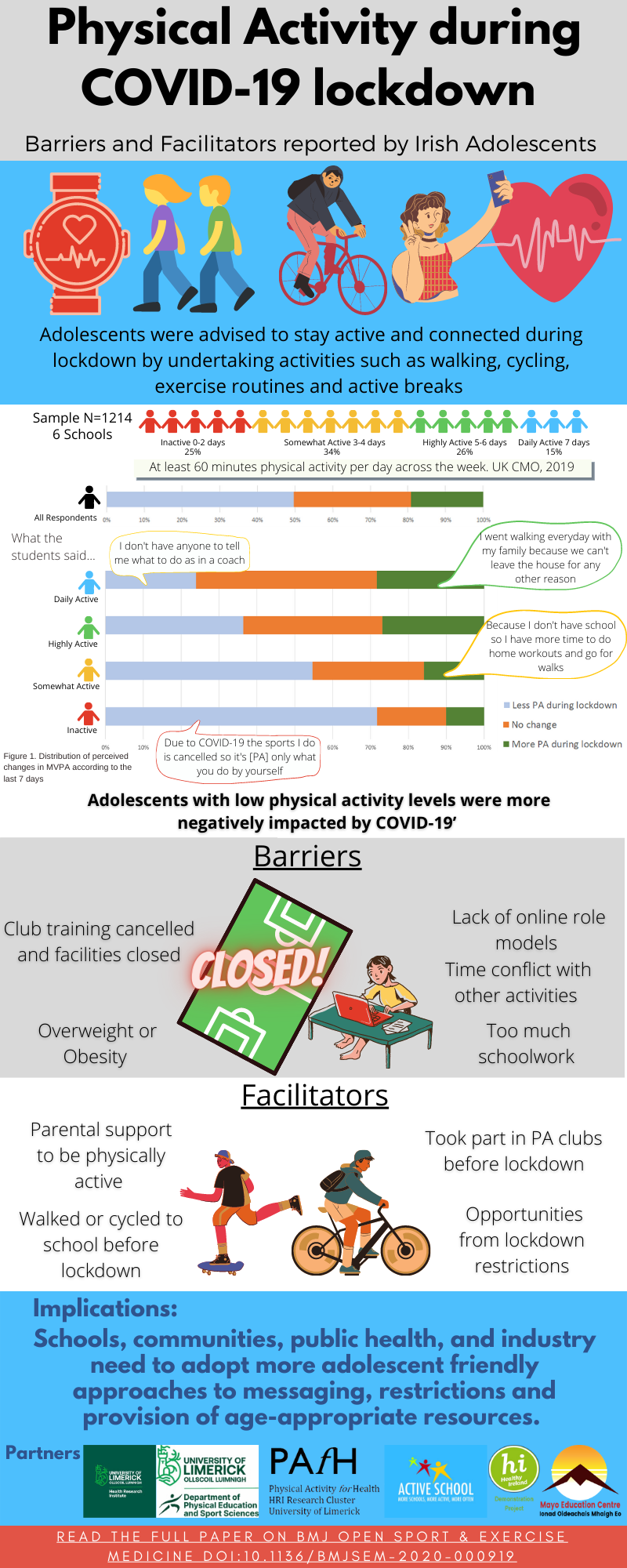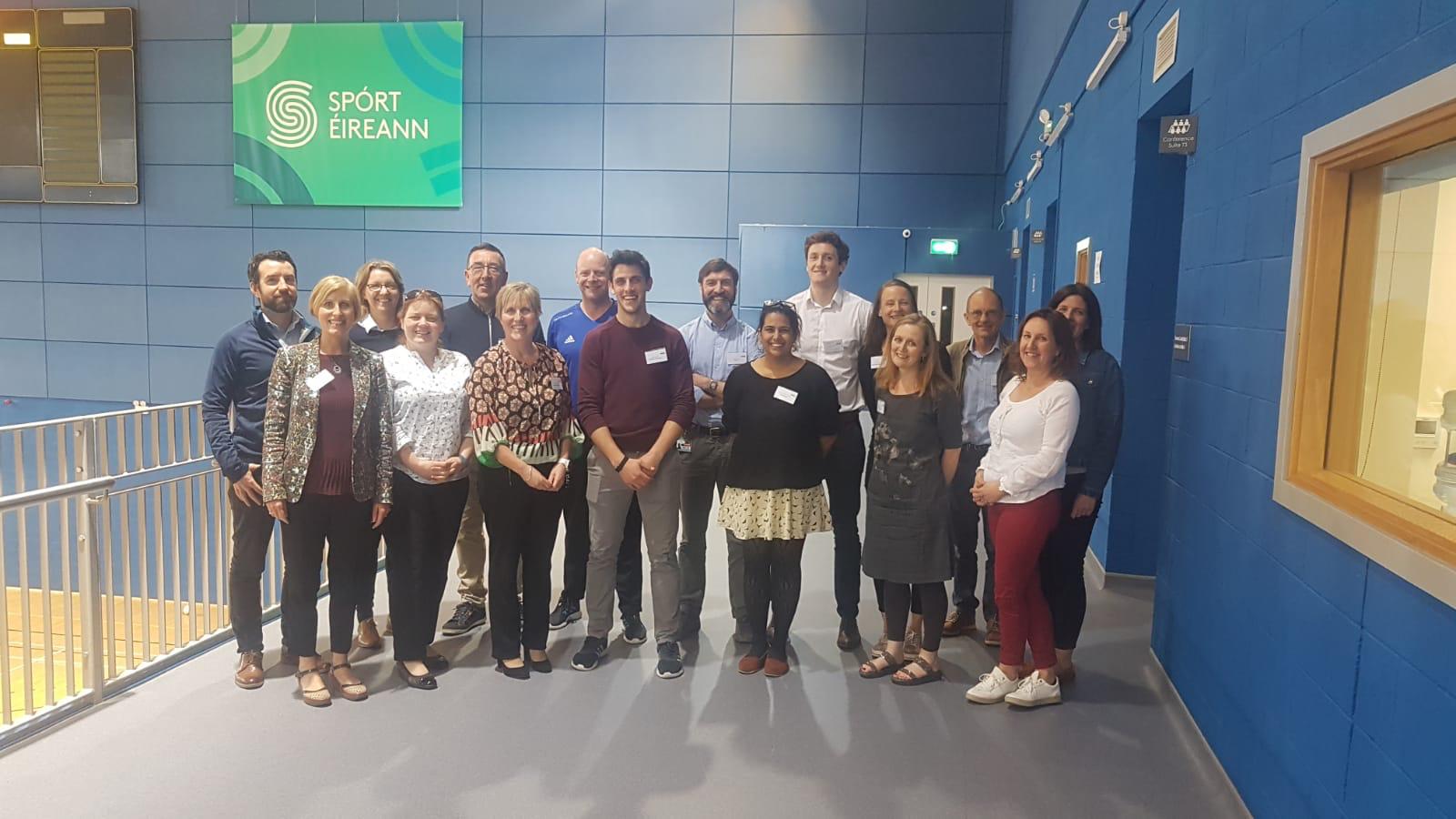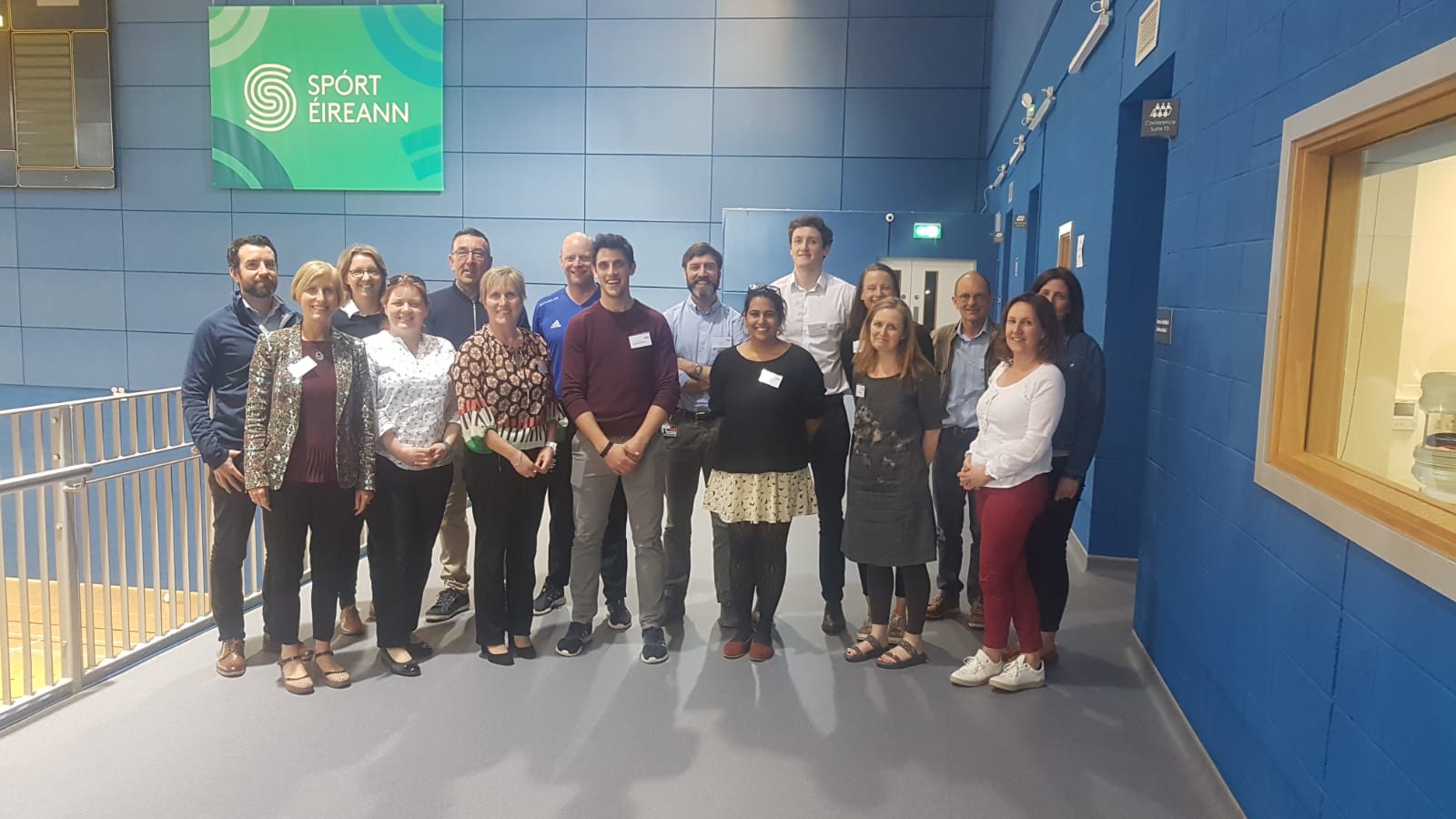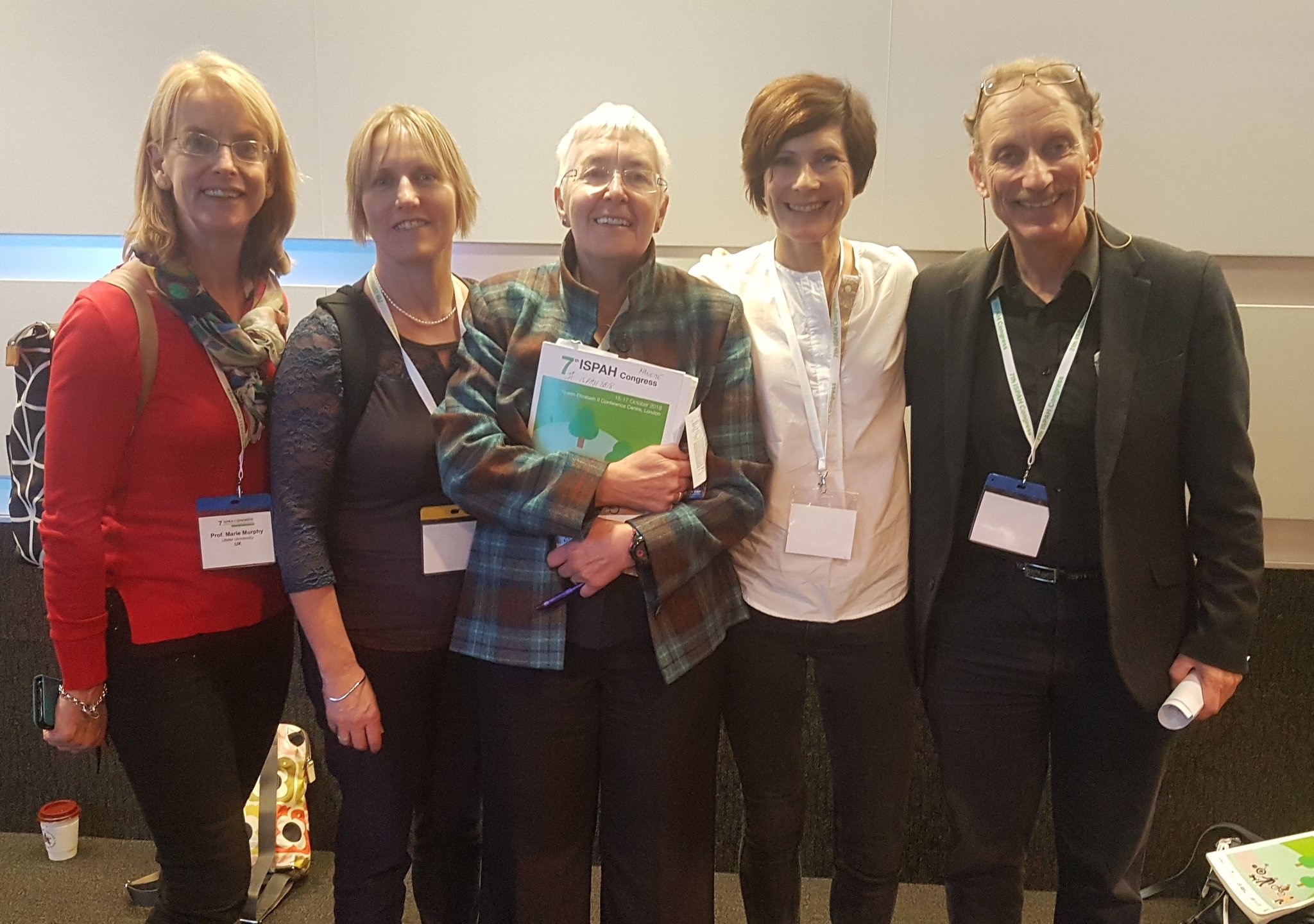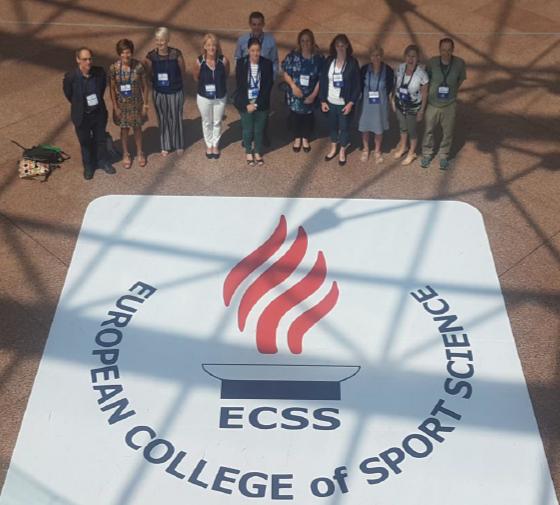New Research: Barriers and facilitators to changes in adolescent physical activity during COVID-19
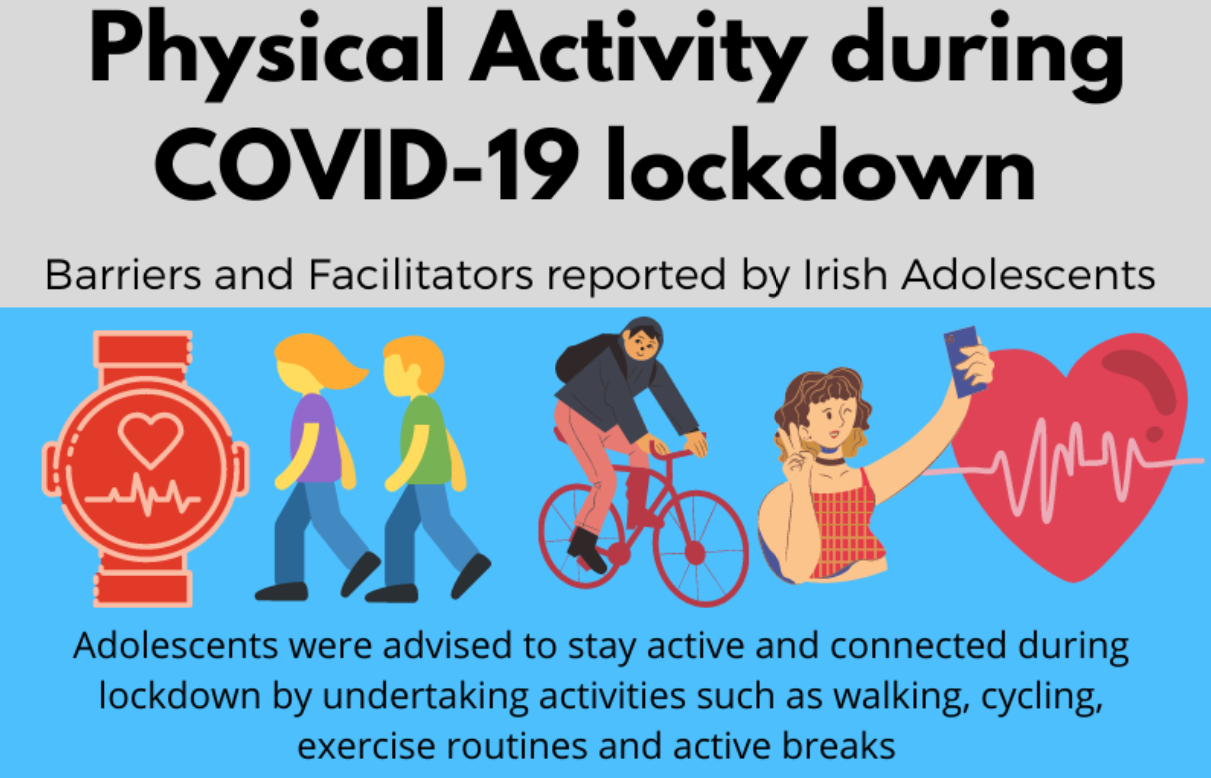
Barriers and facilitators to changes in adolescent physical activity during COVID-19
Published in BMJ Open Sport and Exercise Medicine
Authors (click for Twitter accounts): Kwok Ng, Jemima Cooper, Fiona McHale, Joanna Clifford, Catherine Woods
Affiliation: Physical Activity for Health Research Cluster, Health Research Institute, Department of Physical Education and Sport Sciences, University of Limerick, Limerick, Ireland
The spring lockdown as a result of the COVID-19 pandemic included school, sport facilities and fitness places closed. Moreover, in a strict lockdown, people were not allowed to travel outside of a few km from their homes. This meant that students at schools were being taught at home and were not given the opportunities they are used to for remaining physically active.
Over a thousand adolescents (N=1214) aged between 12-18 year olds from 6 Active School Flag (Post-primary) pilot schools were asked to complete a survey about their physical activity behaviours and changes to their behaviour during lockdown. Moreover, students were asked to explain the reason for the change. The data was analysed using a mixed methods approach that combined both quantitative and qualitative data to provide insights into the characteristics and reasons for change in physical activity behaviour during lockdown. Analyses were broken down into prior physical activity levels to highlight potential differences based on physical activity levels. In other words, we expected to see different reasons given between students if they were inactive, slightly active, highly active, or daily active. Reasons given for less physical activity were categorised as barriers and reasons for more physical activity were categorised as facilitators for physical activity.
Half the students reported they did less physical activity than usual, and they were mostly likely to be overweight or obese, as well as did not take part in physical activity or sport opportunities available from school or the community. The students reported an array of reasons, including; ‘Because there was no school and I usually get my exercise in PE class’ (Inactive), there were a lack of online resources ‘I don’t have anyone to tell me what to do as in a coach’ (somewhat active), or facilities were closed ‘Coronavirus stops me from accessing the facilities I usually need’ (highly active). But also ‘time’ was a frequently mentioned barrier, suggesting that there were competing priorities.
30% reported they did the same and one in five (20%) reported to have done more than usual, despite the restrictions imposed on everyone. Moreover, students with prior physical activity habits such as taking part in activities outside of the school or traveling by bike or foot were more likely to have reported to have done more physical activity than usual. The students who took up the opportunity to be more physically activity reported reasons such as, ‘I went walking everyday with my family because we can’t leave the house for any other reason’ (highly active) as well as having nothing else to do, “We are stuck in the house more so I am getting out [exercising] a bit more because there is nothing else to do and I don’t want to have bad health or mental health” (inactive).
These results suggest that teachers, national and community sport clubs, decision makers and industries that access students need to organise and create opportunities for physical activity during crises. Moreover, families play a vital role to support physical activity behaviours and could be encouraged to make use of existing infrastructures to promote daily physical activities such as walking and cycling as well as permit the use of online physical activity sessions.
Professor Woods, from UL’s Department of Physical Education and Sport Sciences, commented that “this research provides an important insight into how the lives of children, particularly in relation to their physical activity, is impacted by COVID-19”, she indicated that “although children were less active in the main, the data highlights strategies that children, schools, communities, industry and parents can utilise to minimise negative impact long term”. Professor Woods stressed the importance of public health messaging to be positively focused and solution driven in terms of helping children to remain as active as possible, in a safe way, during movement restrictions.
Dr Kwok Ng, lead author of the paper remarked about the research, “During lockdown, adolescents stayed at home and attended remote schooling, involving sitting in front of a screen for long periods of the day while attending lessons. In those circumstances, active breaks during lessons is even more important to break away from excessive bouts of sedentariness and screen time”. Dr Ng also mentioned the role of the sports industry, whereby “the students in this study highlighted the need for more remote expertise, such as pre-recorded apps or live interactive coaching, to guide safe and enjoyable physical activity experiences, even at home.”
Read the full open access article from BMJ Open Sport and Exercise Medicine
